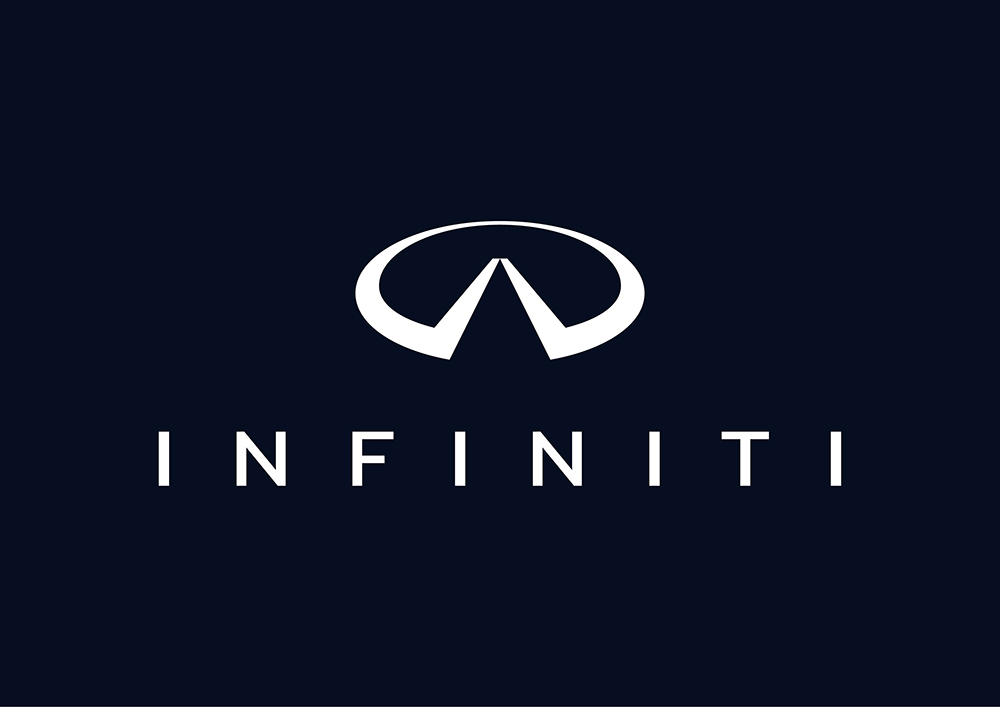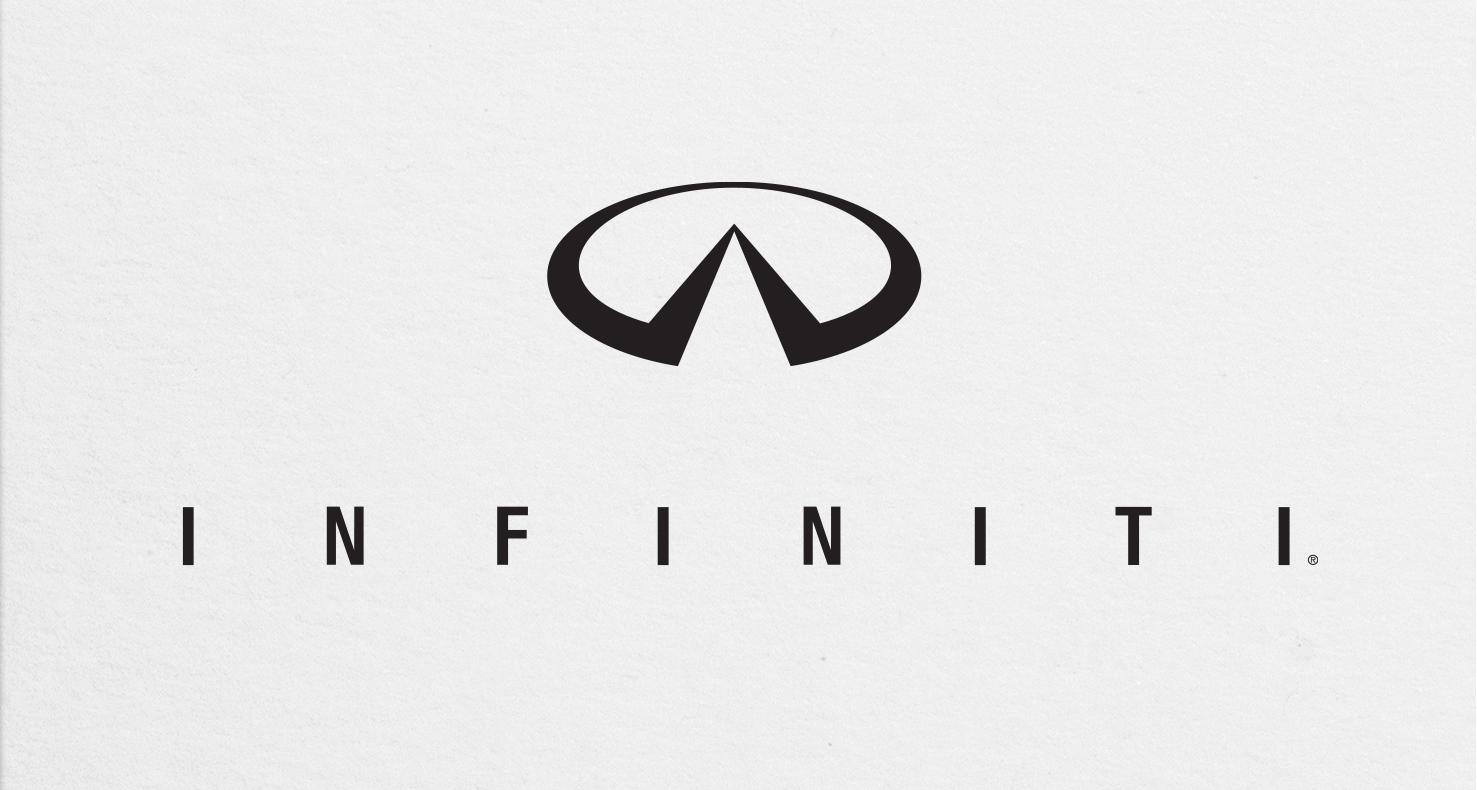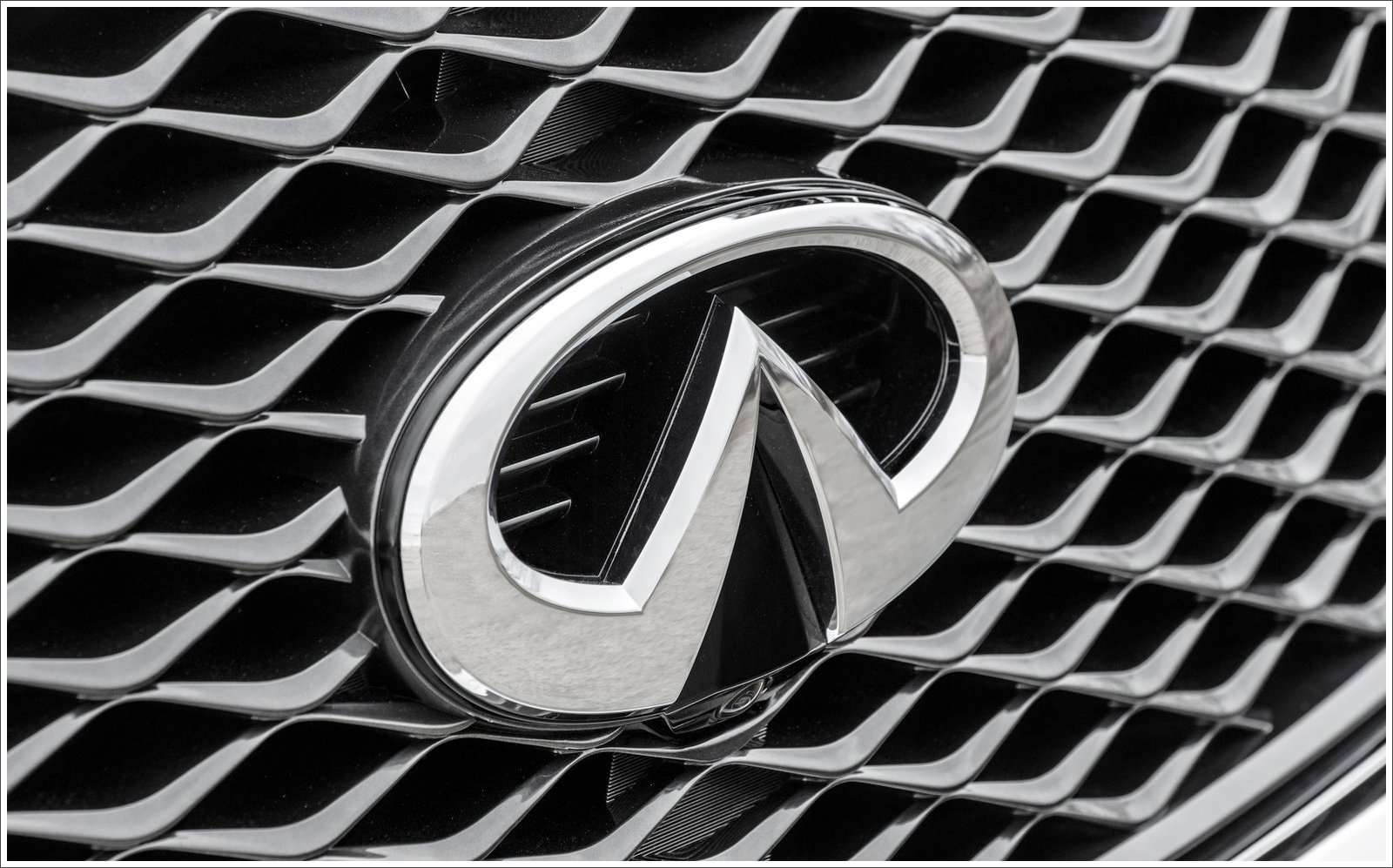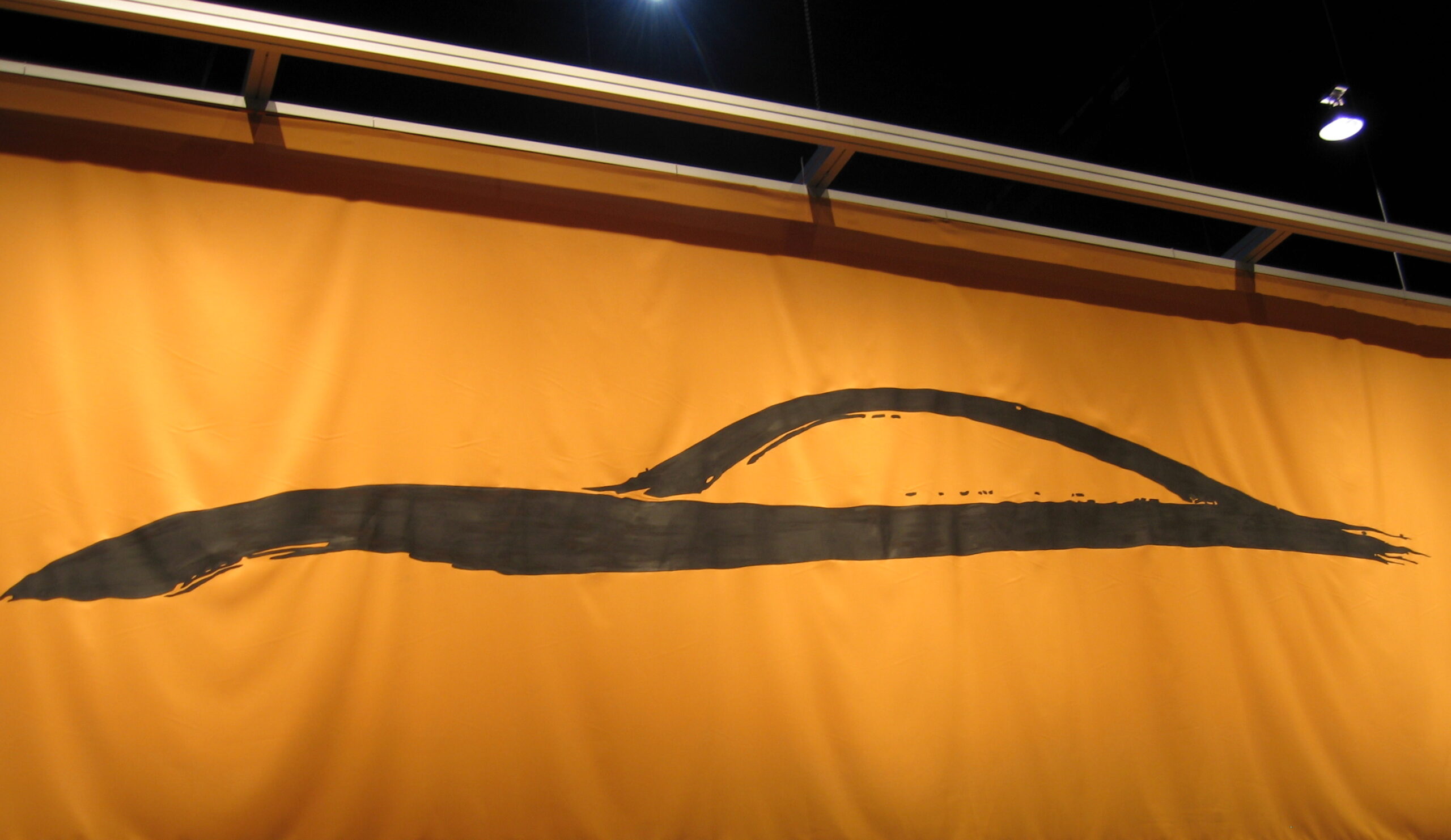Infiniti is Japanese Nissan Motor’s luxury automobile brand in the United States, Canadian, Middle Eastern, South Korean and Taiwanese markets. Nissan also has plans to release Infiniti into many European markets as well as its home Japanese market in the coming years.

Some carmakers will hire firms like James Bell’s, (a senior partner at New York-based brand consulting firm Lippincott Mercer) to do just that for them–Lippincott Mercer created the Infiniti name for Nissan.
“This is not a foreign name or word; it was constructed by me to serve a definite purpose. It has the following merits as a trade-mark word: first it is short; second, it is not capable of mispronunciation; third, it does not resemble anything in the art and cannot be associated with anything in the art.”
Bell, who has been a crossword puzzle buff since he was 10, and a team of five or six other wordsmiths (the puns in the office, Bell says, are frequent and frequently bad) come up with an initial list of as many as 1,000 names.
Then a committee will wade through the list and pick 100 or so that are the most appropriate–ones that can be pronounced, that might resonate with the intended market and don’t offend the wrong people. Anything longer than three syllables almost never works.
Infiniti vehicles are traditionally based on the same automobile platform as Nissan models. In some cases, similar vehicles are sold as upscale Nissans in the same market, while other Infinitis are rebadged models from the Japanese market, where Nissan’s model range includes high-end luxury vehicles. More recently, the differentiation between Nissan and Infiniti vehicles has become greater, and even where two models may share a similar platform, Infinitis tend to feature more powerful engines, tuned suspensions, steering systems, and more luxurious interior appointments.
Infiniti’s model name designation includes one letter for coupes and sedans (two letters for SUVs) and a number reflecting engine displacement. For example, the QX56 is an SUV featuring a 5.6 L engine and the Q45 is Infiniti’s flagship sedan, featuring a 4.5 L engine. The one exception to this was the QX4 SUV, which featured a 3.2 L engine (1997-2000) and later a 3.5 L engine (2001-2003). An ‘x’ following the engine displacement of Infiniti sedans denotes an all wheel drive model.

History.
1985.
An elite group forms quietly within Nissan. Its purpose: to build a new division of performance luxury vehicles. One that would challenge the prevailing American and European luxury brands with more human-centric design.
1987.
The INFINITI name is chosen. With this development, a feeling of forward movement takes hold. To embody it, a badge is designed depicting two central lines stretching into the horizon.
1989.
Infiniti was introduced in the United States by Nissan, to rival Toyota and Honda’s introduction of their own luxury brands, Lexus and Acura, respectively. A series of Zen-inspired advertisements, which became known as the “rocks and trees” campaign, aimed to bring about brand awareness. The advertisements, however, neglected to feature any of Infiniti’s models, and thus failed to generate adequate sales. Better advertising and the introduction of award-winning models eventually made Infiniti a chief contender in the luxury vehicle segment of the American market.
Infiniti launched with 51 dealers in the United States with two models: the spacious yet powerful Q45 sedan and the performance-oriented M30 coupe.
Infiniti began to take part of the luxury market mostly thanks to its popular Q45. The vehicle included a class leading (at the time) 278 hp (207 kW)V8 engine, four-wheel steering, the first active suspension system offered on a motor vehicle, and numerous interior luxury appointments. These made it competitive against the comparatively uninspiring engines and interiors found in German imports like BMW and Mercedes-Benz, which by the time of Infiniti’s release had overtaken Cadillac and Lincoln in dominating the luxury segment of the American market.
1995.
A thrilling new V6 engine family is introduced: the VQ series. Designed for optimal power, torque and fuel consumption, the VQ ranks as one of Ward’s 10 Best Engines for the next 14 years – an unrivalled achievement. This is the predecessor of the INFINITI Twin Turbo V6.
1997.
Infiniti released the QX4, a modified and more luxurious version of the Nissan Pathfinder, making Infiniti the first maker (apart from SUV specialists, Jeep and Land Rover) to offer a mid-sized luxury SUV – predating the release of the Lexus RX 300 and the Mercedes-Benz ML320. Like a traditional SUV, it was based on a truck platform, which gave it a competetive edge against the aforementioned competitors for its off-roading abilities.
In the early 2000s, Infiniti began to increase engine output and overhaul its product lineup with new models and designs, as well as pioneering technological innovations, as part of the efforts of new senior management at Nissan to increase Infiniti sales. Although this began with a completely redisigned Q45 for the 2002 model year, sales figures did not see an increase until the introduction of the G35, a sports sedan far exceeding the capabilities of it’s unrelated, Nissan Primera-based predecessor, the G20, and the release of the sport tuned FX45 sport utility vehicle, which combined sports-car handling and performance with SUV-like versatility.
Today, Infiniti sales continue to increase, and the release of the redesigned M35/45 for the 2006, which has proven extremely popular in its first months of sales, indicates that Nissan’s attempts to increase market share for Infiniti have been successful.
(source: Infiniti)


